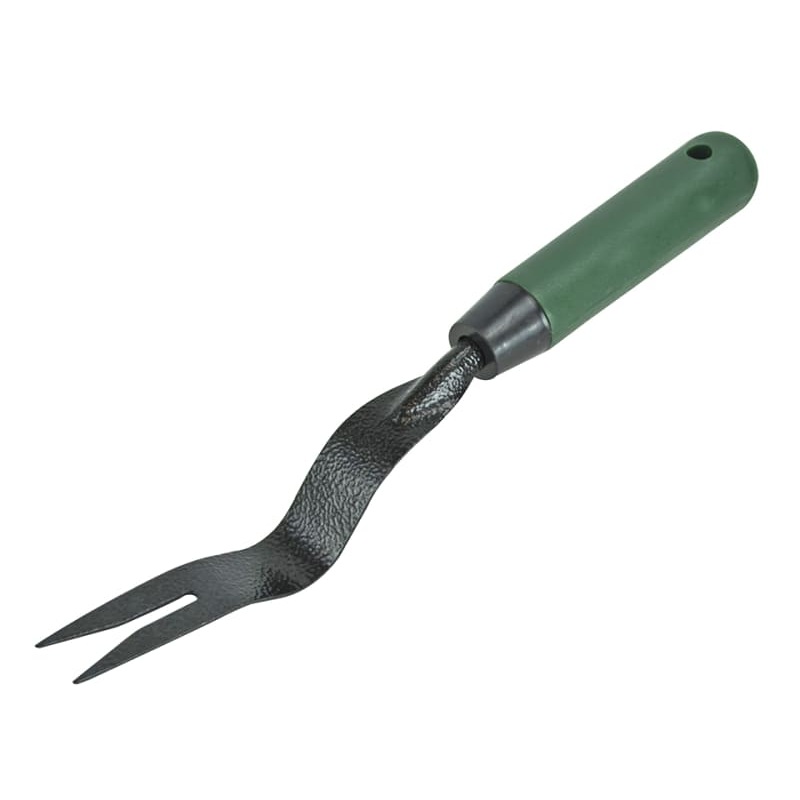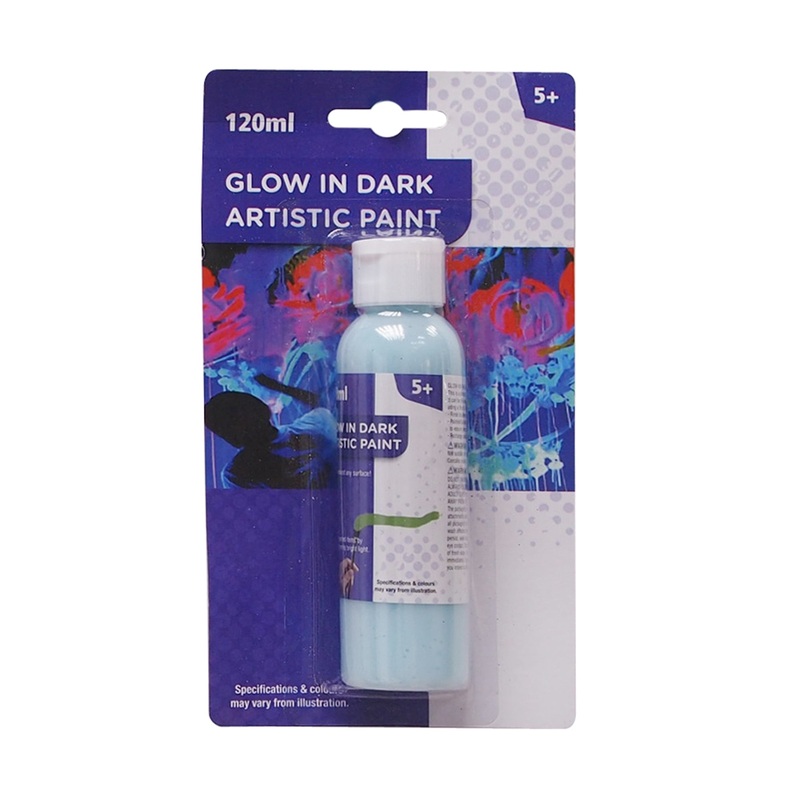Description
ETA Approved, M16, Throughbolts – Rag Bolts – Heavy Duty, Concrete/ Masonry Anchor – All lengths
Fixaball sells all lengths of M16 through bolts, in zinc.
Advantages of a Through Bolt
- High Performance, cost effective anchor for non-cracked substrates eg. concrete
- Suitable for reduced embedment to avoid contact with rebars/ reinforcement cages.
- Holes are the same diameter as the fixings so the fixing can be passed through the fixture after locating it in the right position.
- Cold formed body provides consistent dimensional accuracy and material stability
- High load-bearing capacity.
Through bolt, expansion, masonry anchors are used for fixing materials to non-cracked concrete/ masonry (brick/ blocks), and non-porous stone.
Orders placed before 2pm are dispatchedsame day (Mon-Fri).
Standard, Free Delivery is Royal Mail, 2nd Class (2-5 days, most likely 2 days). For a faster delivery time, select 1st class or courier at checkout.
Please make your‘no of items in pack’,‘length’,and‘quantity’,of packs selection from the drop down menus.
M16 Through Bolt Lengths Available
| Anchor Hole Size | Anchor Length |
| 16mm | 105mm |
| 16mm | 125mm |
| 16mm | 145mm |
| 16mm | 170mm |
| 16mm | 220mm |
Table to show important installation settings/ measurements:
|
All measurements in mm |
|||||
|
Size
|
Anchor |
Fixture |
|||
|
Diameter |
Length |
Max. Thickness |
Hole Diameter |
||
|
M16 |
16 |
100 |
5 |
– |
18 |
|
105 |
10 |
– |
|||
|
125 |
25 |
5 |
|||
|
140 |
40 |
20 |
|||
|
150 |
50 |
30 |
|||
|
160 |
60 |
40 |
|||
|
180 |
80 |
60 |
|||
|
220 |
120 |
100 |
|||
|
280 |
180 |
160 |
Installation and Advice
- Before installation, check the concretes strength in order to make sure its class/ standard is suitable.
- The concrete base must be compact and porosity insignificant.
- Installation temperature range for base material: -5 / + 40 C (80 C for a short
- period of time).
- Minimum installation depth values must always be respected: for anchors depth, for anchor-to-anchor distances and for anchor-to-edge distances.
- Drilling must be performed by respecting the specified minimum depth and diameter, perpendicular to the base materials surface. The holes on the material to be fixed may be used as templates.
- When drilling near any reinforcement areas, special care must be taken to avoid damaging them. If drilling is aborted because a reinforcement area has been encountered, it is advisable to drill a new hole at a minimum distance of at least twice the aborted drill hole diameter. This advisable distance may be reduced, as long as the aborted hole is previously filled up with high-resistant mortar.
- It is necessary to clean the holes thoroughly free of dust and debris with a suitably sized brush.
- When temperature is below 0C, make sure water does not seep into the hole, as this fact could cause subsequent cracks on the concrete, due to ice pressure.
- Introduce the anchor through the material to be fixed into the hole up to the embedment depth, according to the values on the table. It is possible to use a hammer to ensure the required depth. Do not apply any intermediate layer between the material to be fixed and the washer, such as sealing products.
- Apply the specified torque with a torque wrench.
- In the case the holes on the material to be fixed have a bigger diameter than required, it is necessary to insert a thicker washer and of a bigger diameter. But please, note that this procedure does not ensure a correct distribution of shear loads amongst all the anchors of a same group, and this shear load is applied only to the anchors with a correct diameter on the material to be fixed.
Image is for illustrative purposes only.









